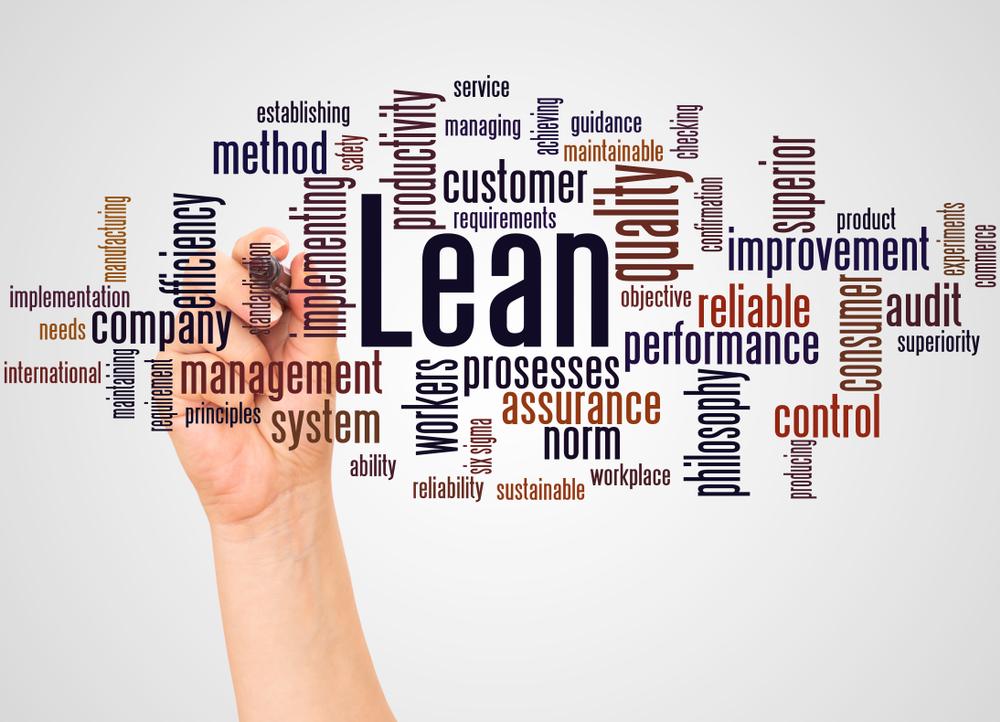The ability to adapt and streamline operations is essential for business success. The concept of “lean thinking” has gained prominence as a valuable approach to simplifying your business for enhanced efficiency. At its core, the lean approach encourages a focus on value, eliminating waste, and continuous improvement. To fully embrace this mindset, business owners often find that outsourcing certain tasks or projects to external experts can be a game-changer.
Understanding the Lean Approach
The lean approach, originally developed in manufacturing industries, has evolved into a versatile philosophy applicable to various business sectors. It’s all about optimizing processes to deliver value while minimizing waste. This mindset shift can lead to significant benefits for your business, including cost savings, improved productivity, and the ability to respond quickly to changing market conditions.
- Identifying Value: The first step in the lean approach is identifying what truly adds value to your customers and the business. By understanding the specific needs of your audience, you can tailor your operations to deliver exactly what they want, avoiding unnecessary efforts and expenses.
- Eliminating Waste: Waste can manifest in various forms, including excessive inventory, overproduction, inefficient processes, and unused employee skills. Lean thinking involves identifying and reducing these wasteful elements to streamline operations.
- Continuous Improvement: The lean approach is an ongoing journey of improvement. Businesses are encouraged to continuously assess and refine their processes to remain efficient and relevant.
Below are lean approach strategies to enhance efficiency within your organization.

1. Focusing on Your Core Roles by Leveraging Outsourcing
One key principle of the lean approach is focusing your resources on core activities that deliver value. While it’s crucial to optimize in-house processes, there are instances where outsourcing can be a strategic move. Let’s take a closer look at why outsourcing is aligned with the lean mindset:
- Access to Expertise: Sometimes, you may have a large-scale project, but your in-house team lacks the skills and experience required to accomplish it. By outsourcing such a task to other more specialized professionals who possess the experience you need, you can tap into a vast pool of expertise which your in-house team lacks. This is usually more efficient and cost-effective than hiring them permanently into your in-house team. For example, rather than hiring more tech employees when you need to develop an app for your business, there are software outsourcing companies you could simply outsource it to. Then, you wouldn’t need to stretch your in-house resources or conduct a lengthy recruitment process.
- Cost-Efficiency: Outsourcing can often be more cost-effective than hiring additional in-house employees. You save on recruitment and training expenses and only pay for the services you need when you need them.
- Focus on Core Competencies: Outsourcing non-core tasks frees up your in-house team to concentrate on activities directly related to your business’s core competencies. This laser focus can lead to improved efficiency and innovation.
2. Technology Integration for Streamlined Operations
Incorporating technology into your business operations is essential for achieving efficiency. Whether you’re a small startup or a large enterprise, the right software solutions and platforms can significantly streamline your processes. This includes:
- Data Management Systems: Implementing robust data management systems allows you to organize and access critical information efficiently. This simplifies decision-making and reporting.
- Project Management Tools: Utilizing project management tools helps teams collaborate, monitor progress, and meet deadlines more effectively. This results in more streamlined project execution.
- Customer Relationship Management (CRM) Software: CRM systems centralize customer data, making it easier to manage client relationships and improve customer service.
- Inventory Management Software: Managing inventory levels efficiently reduces costs and ensures you have the right products in stock.
3. Process Automation for Enhanced Efficiency
Automating repetitive and time-consuming tasks is a powerful lean approach to boost efficiency. Automation not only reduces the need for more employees and manual effort but also minimizes the risk of human error. Some examples of process automation include:
- Email Marketing Automation: Automate email campaigns to nurture leads and engage with customers.
- Financial Processes: Streamline financial operations such as invoicing, payroll, and expense reporting.
- Customer Support: Implement chatbots or automated response systems to handle common customer queries and support requests.
- Inventory Replenishment: Automatically reorder inventory when stock levels reach a certain threshold.
Balancing these strategies allows you to create a holistic approach to efficiency that aligns with the lean philosophy. It ensures you can adapt to changing circumstances while consistently delivering value to your customers and stakeholders.
As you continue your journey of continuous improvement, the lean approach simplifies your business for lasting success in a dynamic business environment.
Final Thoughts
While optimizing in-house processes is essential, outsourcing can be a strategic move that complements this mindset. By delegating specific tasks or projects to external experts, you can access specialized skills, save costs, and maintain a laser focus on your core competencies. As you continue your journey of continuous improvement, remember that the lean approach is all about simplifying your business for lasting success.













